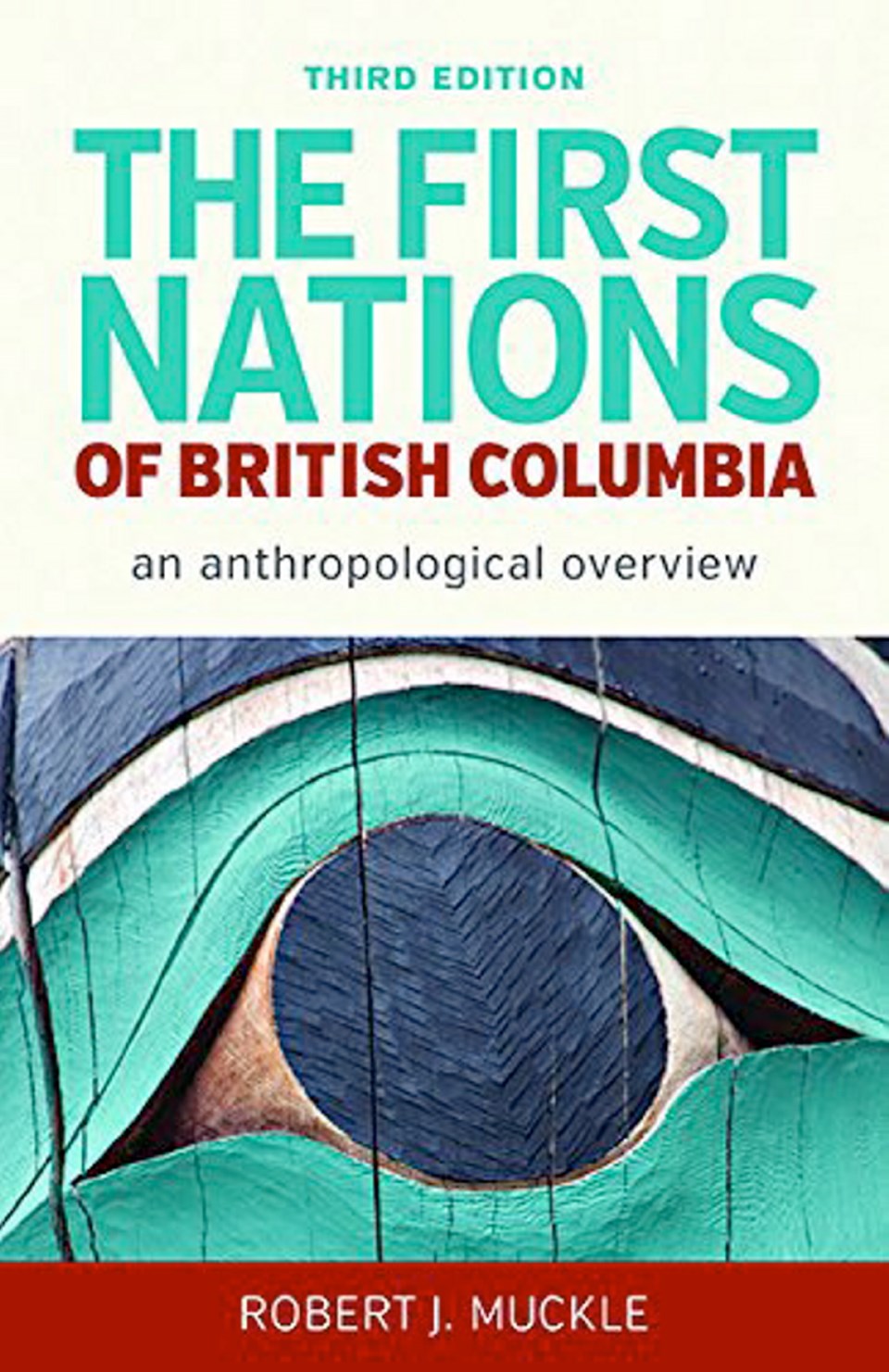The First Nations of British Columbia: An Anthropological Overview;
By Robert J. Muckle;
UBC Press, 184 pp., $27.95
听
Kw盲day D盲n Ts鈥檌nchi has an important place in British Columbia鈥檚 history, and is helping to change the way that we look at what life was like here before European contact.
The man, whose name translates into Long Ago Person Found, lived in the northwestern area of what we now call British Columbia, in the 17th, 18th or 19th centuries.
His body was found by hunters on a glacier in Tatshenshini-Alsek Park in 1999. It is considered to be the oldest body with well-preserved soft tissue ever found in North America.
Kw盲day D盲n Ts鈥檌nchi carried evidence, through his possessions as well as the food in his stomach, that he had travelled between the coast and the Interior.
The body was brought to Victoria for scientific analysis at the Royal B.C. Museum. In 2001, with the work finished, it was cremated at Royal Oak Burial Park in Saanich.
The ashes were returned to the Champagne-Aishihik First Nations. They were scattered in the glacier where the body was found.
The information gleaned from Kw盲day D盲n Ts鈥檌nchi helped to provide a much clearer idea of First Nations life a few centuries ago, although it probably prompted more questions than answers.
A brief account of the Kw盲day D盲n Ts鈥檌nchi story is included in this, the third edition of Robert J. Muckle鈥檚 The First Nations of British Columbia: An anthropological overview.
This is a concise reference work that serves as an introduction to the people, cultures and issues of the First Nations.
Muckle鈥檚 work tackles some of the negative stereotypes and misconceptions while creating new images of the descendants of the people who were here before Europeans arrived in search of natural resources.
He offers, for example, clarification of terms such as aboriginal, Indian and Indigenous. Some of these words have specific legal meanings, and are used by听the provincial and federal governments.
The book includes a map showing the territories of the major ethnic groups, as well as an extensive list of ethnic groups and First Nations.
It tackles a wide variety of subjects, ranging from archeological sites to the Chinook language to residential schools and reconciliation. It is all based on anthropology, the study of humans.
Throughout the book, the author has taken an objective, neutral stance, carefully avoiding the potential minefields that have coloured reporting on First Nations over the years.
Muckle recognized that the introduction to First Nations provided by this book would likely lead readers to seek out other sources. To help them find additional information, he provides lists of recommended readings in each chapter.
This book is not perfect; perhaps by the fourth edition, it will include an index. Also, while the text has been extensively rewritten for this edition, more attention could have been paid to eliminating duplication between the main text and the sidebars.
But those are minor concerns. What is more important is that this is a valuable reference work, a guide that could be used to inspire better understanding among all of us.
The reviewer is the editor-in-chief of the Times 91原创.



